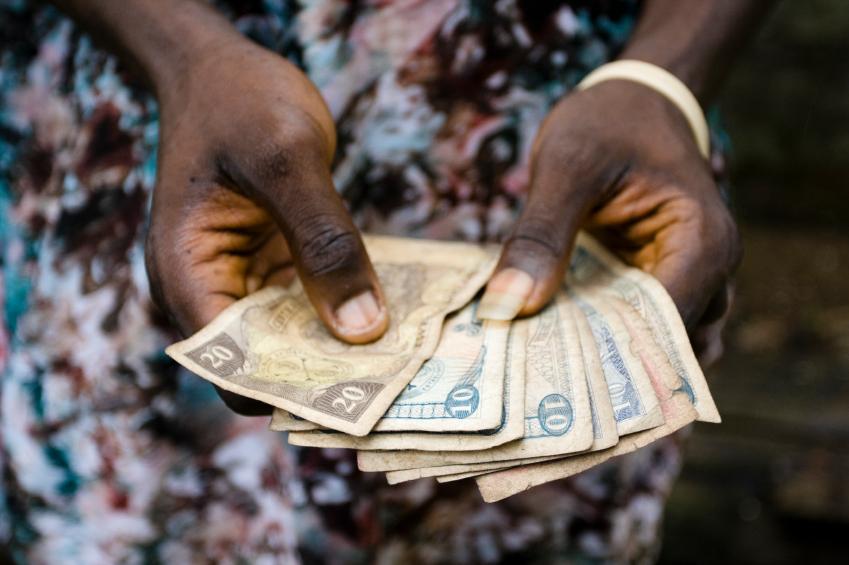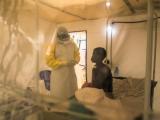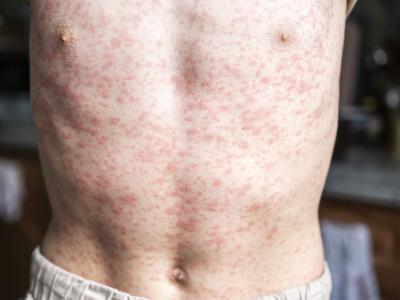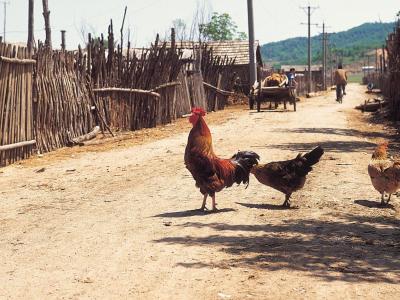In the wake of West Africa's Ebola outbreak, the International Monetary Fund (IMF) executive board yesterday established a new catastrophe relief trust to help developing countries respond to epidemics and natural disasters, with the three hardest-hit countries poised to receive $100 million in grants to lower their debt burden from battling the virus.
The IMF said in a statement that the fund, called the Catastrophe Containment and Relief (CCR) trust, would be used to help countries meet future debt-service payments, which will reduce the debt burden and free up resources for relief and recovery actions.
Yesterday's newly approved assistance comes in addition to $130 million in loan assistance the IMF approved in September and a second round of loans totaling $160 million that the board will consider later this month.
The concept for the CCR trust came out of the November G-20 meeting, which called on countries to continue their support of Ebola-affected countries through loans, debt relief, and grants, and to explore a new flexible mechanism to address the economic impact of future emergencies. The IMF said the new trust replaces one set up in 2010 to help Haiti recover from its earthquake.
Sean Nolan, deputy director of IMF's strategy, policy, and review department, said in an IMF statement that the new trust expands the old trust, allowing it to handle a different type of disaster in which the goal is to contain and prevent the event, rather than simply respond in the wake of it. "The new trust has these two windows, one for dealing with earthquake-style events as before, and then a new window for providing grants to countries to help them in dealing with a public health crisis," he said.
Deaths reach 9,004
Meanwhile, the three Ebola-hit countries have reported 65 more confirmed, probable, or suspected cases and 38 more deaths since the World Health Organization's (WHO's) epidemiologic update on Feb 4, the agency said today.
The new reports include cases reported from Guinea and Sierra Leone as of Feb 3 and Liberia as of Feb 1. As such, today's update reflects a slight lag in illness reports from Liberia.
The new reports lift the overall totals in the three countries to 22,525 confirmed, probable, and suspected infections and 9,004 deaths.
Other developments
- The United Nations Food and Agriculture Organization (FAO) recently issued a risk assessment on the possible exposure and spread of Ebola from animals to people. It looked at the threat of spillovers from fruit bats, other wild mammals such as primates and duikers, and domestic species such as dogs and pigs. Based on information available through Dec 18, the FAO said the risk of spillover from one human handling and consuming one fruit bat is very low. Fruits bats are thought to be the natural reservoir for the virus. It also said the risk from other mammals, such as dogs and pigs, is low or very low. The agency added that the chance of an Ebola outbreak in an unaffected country as a result of transmission to humans through trade, handling, and consumption of meat from wild animals is very low. But the FAO cautioned that the uncertainty in its assessment is very high, given the limited understanding of Ebola.
- The Presidential Commission on the Study of Bioethical Issues today wrapped up a 2-day discussion on the US actions in the global response to the Ebola outbreak. Yesterday the group heard presentations from more than a dozen experts, and today they had a roundtable discussion to consider possible recommendations. A synopsis of the meeting is available on the Bioethics Commission's blog. The group is considering possible recommendations for future public health emergencies. For example, one of the topics they discussed is ethical approaches to doing research during a health crisis.
See also:
Feb 5 IMF press release
Feb 6 WHO Ebola update
FAO Ebola risk assessment
Bioethics Commission blog

















